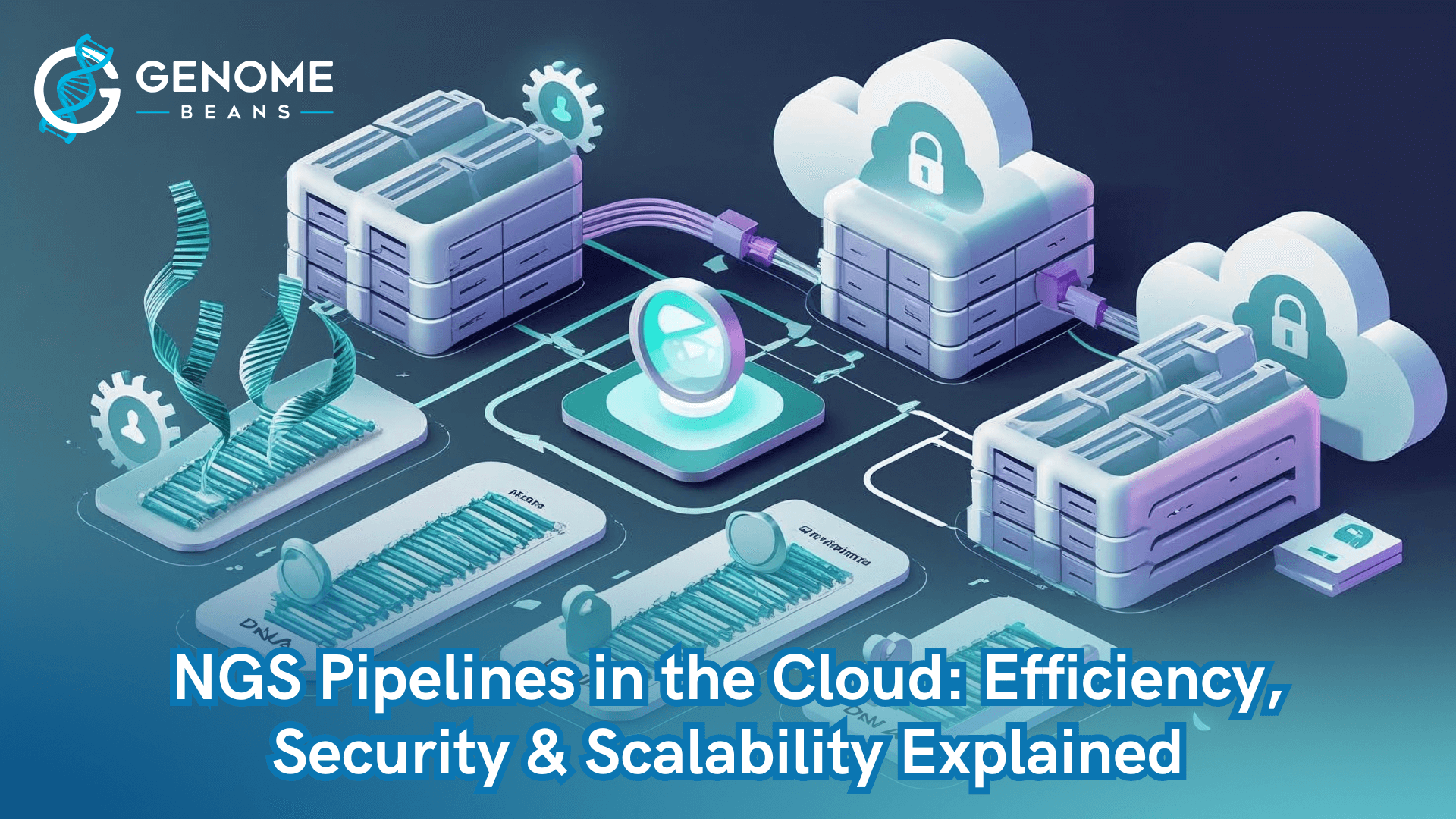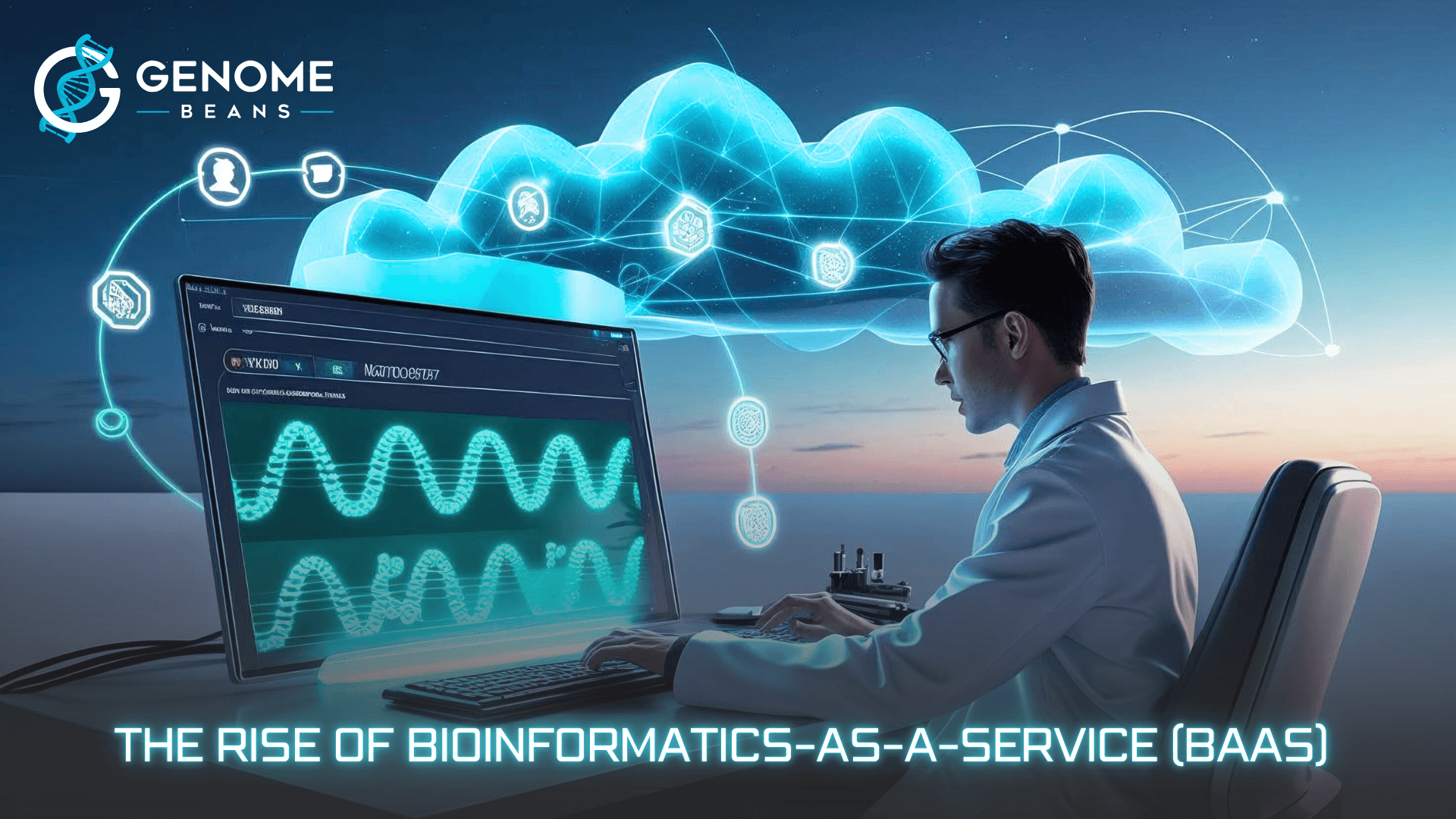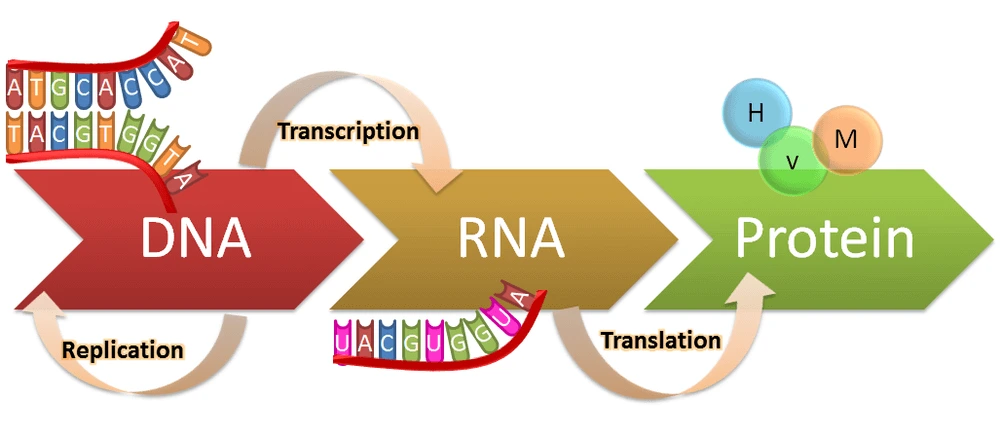What Every Research Lab Should Know Before Investing in Genomic Software
Key Takeaways:
- Choose genomic software that aligns with your lab’s specific research focus.
- Prioritize user-friendly tools that support both coders and non-coders.
- Ensure the platform can scale with your lab’s future needs.
- Verify compatibility with standard formats and strong data security.
- Select vendors with reliable support and transparent pricing.

Investing in genomic software is a major decision that influences how your lab processes data, manages workflows, and scales over time. Choosing the right platform means looking beyond trendy features to what truly meets your lab’s needs.
Start with Your Goals
Clarify your research focus first—whether it’s RNA-Seq, whole-genome sequencing, or disease-specific studies. Your software should align with your actual workflow.
Prioritize Usability
An intuitive interface is critical. Tools should be accessible to both coders and non-coders, offering easy-to-run pipelines, visualizations, and dashboards that streamline daily tasks.
Plan for Growth
Select software that scales effortlessly—whether you’re increasing sample volume, moving to the cloud, or expanding collaborations.
Ensure Compatibility
Check that the platform supports common genomic formats like FASTQ, BAM, and VCF, and integrates well with sequencers and LIMS to reduce manual steps.
Streamline Analysis
Choose tools with built-in workflows (e.g., trimming, alignment, variant calling) that are customizable and include alerts for failed processing or workflow errors. Statistical checkpoints during processing or post processing helps to check if the algorithm/tool worked correctly.
Don’t Overlook Security
For clinical or sensitive data, ensure compliance with HIPAA, GDPR, or similar standards. Encryption and audit trails are essential for all research.
Evaluate Support & Costs
Look for fast, reliable support and clear documentation. Avoid platforms with hidden fees—opt for transparent pricing.
Final Thought
The best software is one your team will actually use—practical, scalable, and supportive of your lab’s research journey.







